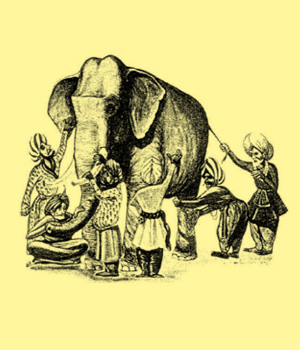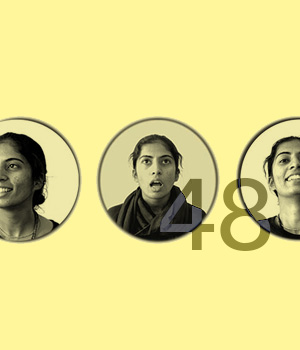The Parable of the Research on Heparan Sulfate
A Classical Indian Bharathnatyam Performance
Dance Performance by Dr. Pranitha J. Kamat
Bharatnatyam is a traditional Indian classical dance form used as a medium for storytelling. The characteristic feature of Bharatnatyam is its discrete vocabulary of hand gestures, footwork and delicate movements including eyebrows, eyes and neck.
In this presentation, the vocabulary of Bharatnatyam will be exploited to tell the story of heparan sulfate, a sugar chain found on all cell surface. A research article investigated the role of heparan sulfate in cancer. The observations from the article were acclaimed to be very interesting by six scientists from different fields. Each of these scientists had a different interpretation of the observation based on their individual expertise. The use of specialized tools and approaches by the individual scientists gave them a specific and yet only a narrow view of the whole system. The lack of viewing the big picture with individual thinking is the essence of this presentation. This concept is derived from the Indian parable of six blind men and an elephant. Each blind man touches a different part of the elephant. Based on the observations made from the specific area of touch the blind men conclude the elephant to be similar to a rope, tree, wall, etc. The blind men are all right in their narrowed space of observation and yet different from each other as they are observing different parts of the same big elephant. Thus, an efficient approach to interpret an observation would be to accept different ways of thinking.
Weiterfuehrende Beiträge

